March ranking of the most media scientific developments: from Ichthyander to Printzilla
Toxic troops on the capital, worms in the service of beauty, the disintegration of fats as a forerunner of immortality, polyethylene bones and nano-chocolate - all this and much more in the first spring charts of the most media scientific developments of Russian universities MISiS.
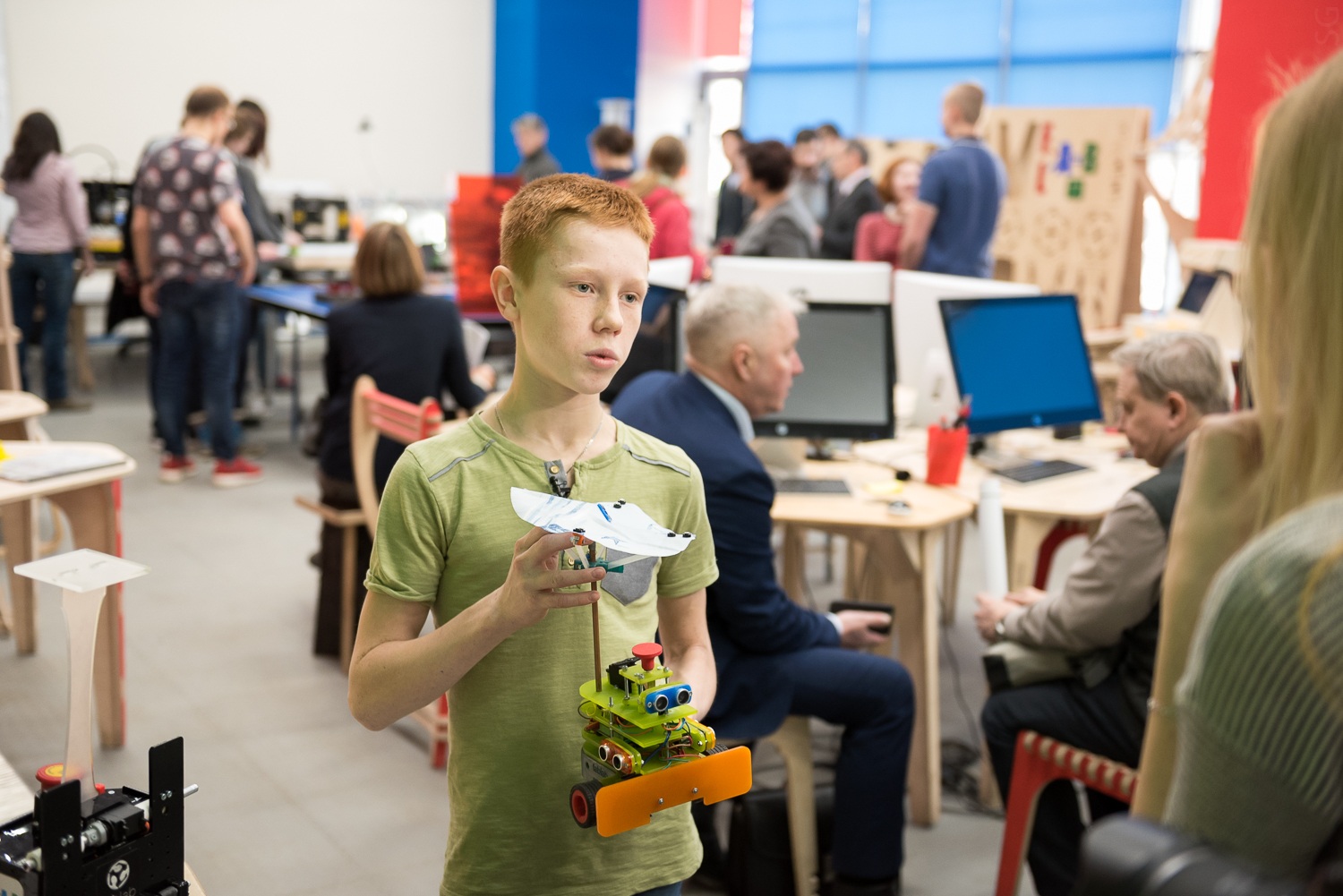
Hello! Meet the first spring hit parade of the most media scientific developments of Russian universities. Let me remind you that the rating is compiled monthly (here is January, and here is February). This project was launched on the one hand to popularize Russian science, on the other - we wanted to understand which scientific developments receive a good press and cause a resonance in the Russian media.
Briefly recall the criteria that guide us in the preparation of the rating. In terms of research, they are located according to the simplest and verifiable principle - the number of reprints of the original message. The number of reprints is determined using the information-analytical system of monitoring and effective analysis of the Russian media "Medialogia".
')
Only Russian developments and only developments of researchers from higher educational institutions of the Russian Federation are included in the rating.
Another important caveat - according to the principle of “not to mix the immiscible”, the ranking does not represent the achievements of scientists working in the field of the humanities. The reasons are clear - and without that it is clear that any research on pensions in the media plan will tear everyone apart, like a Tuzik heater. For this, we do not include a variety of monitoring, measurements of subsistence minimum, etc. studies performed with a known frequency.
Okay, meet the most popular scientific developments in the media in March:
10. Please do not feed the cells.
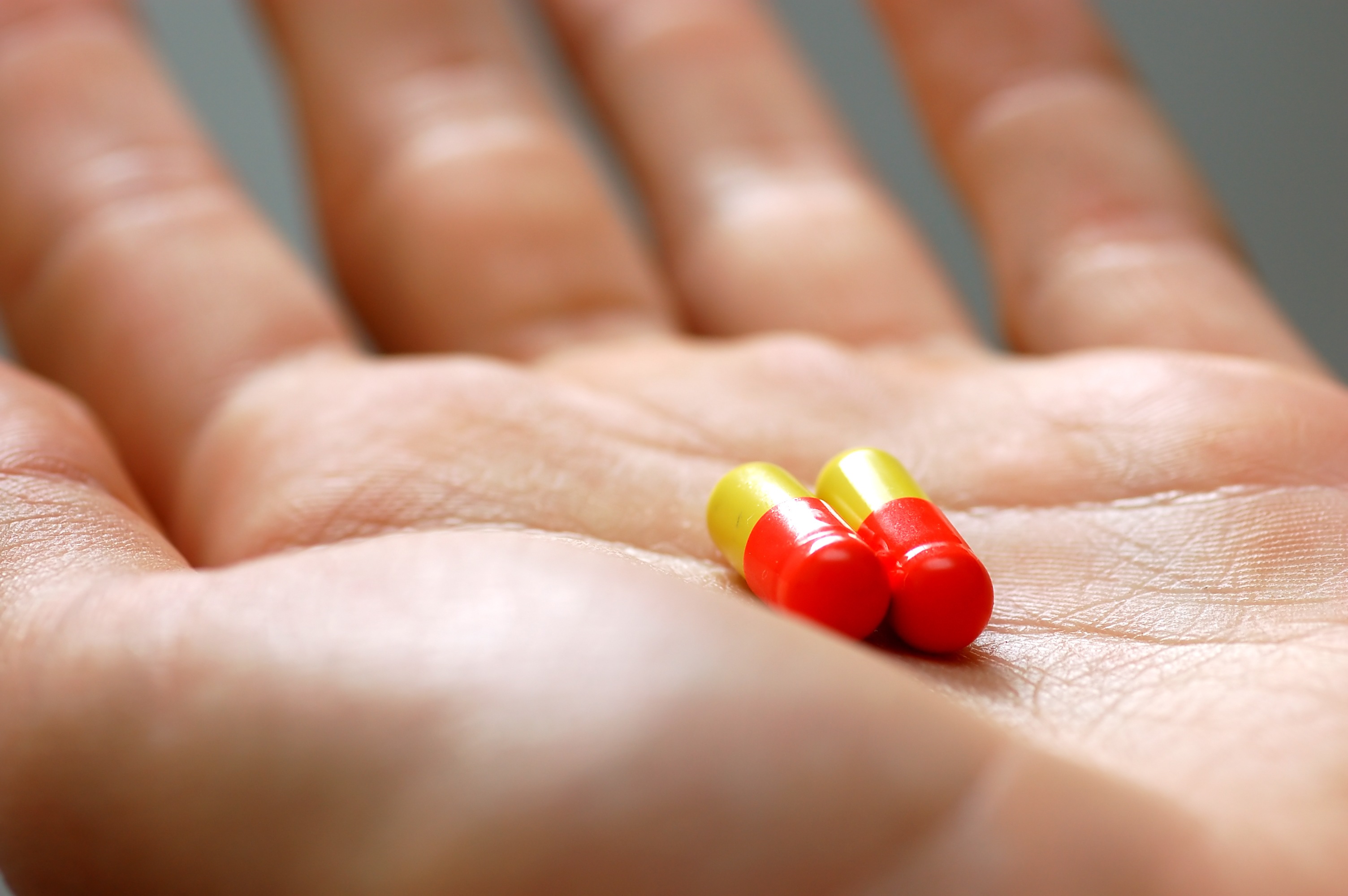
At the tenth position of our hit parade, the study of MSU physicians who have proven the benefits of a light diet in the treatment of cancer. Cancer cells grow and multiply uncontrollably while absorbing a large amount of nutrients. Therefore, doctors are increasingly trying to combine traditional chemotherapy with a light diet, provoking a nutrient deficiency that is most strongly felt by cancer cells. MSU staff analyzed more than 200 scientific sources about similar therapeutic approaches. According to university doctors, their analysis fully confirmed the promise of a “dietary” trend in oncology.
10th place, 84 publications
9. "And thirty heroes of the beautiful ..."

Scientists of the Sevastopol State University decided to replicate Ichthyander, who can breathe under water. More precisely, it is necessary to breathe not with water, but with a special liquid, saturated with oxygen and pumped into the lungs. The idea is not new at all, but it has not been finished yet. A laboratory of experimental life support systems for biological objects specially created in SevSU for this project has gathered to finalize it. It is not difficult to guess what specific objects, given that the State Endowment Research Fund at the Military Industrial Commission is financing the project along with the Ministry of Education and Science of Russia. These objects periodically arrange fights with no rules at the bottom of the Sevastopol Dolphinarium, which the experts of TOP-SCIENCE from NITU “MISiS” can personally attest.
9th place, 88 publications
8. New chemistry of the capital

Chemists of Moscow State University named after Lomonosov in an original way studied the state of the metropolitan environment and significantly expanded the list of detectable substances deposited on the capital. As a result, snow samples taken in March last year brought a lot of curious. As the authors of the article write, the new method “allowed us to identify and identify such new substances as iodinated substances, polychlorinated anisoles and even nickel-containing organic complex that we did not expect to find in the samples”. All March, the media intensively replicated warnings about new pollutant substances and eventually brought the study to 8th place in the TOP-SCIENCE rating from NITU "MISiS"
8th place, 88 publications
7. Beauty is a terrible thing!
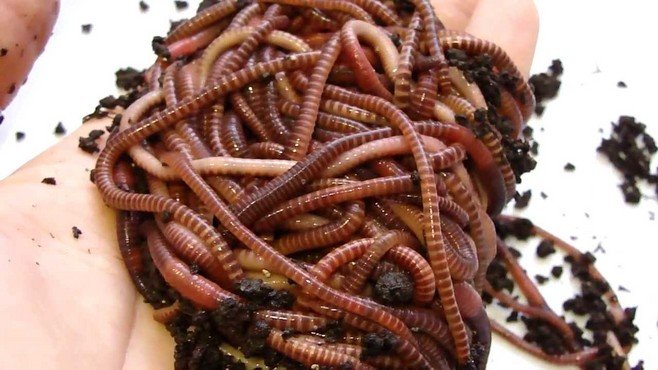
In the seventh place of our hit parade is Svyatoslav Knyazev, a researcher at Omsk State Pedagogical University, who won a grant to finance the research “Development of a technology for producing flour and coprolites of Siberian earthworms for their use in medicine and cosmetology”. Simply put, a Siberian scientist is developing a technology for producing cosmetics from earthworm feces. The end products are defined as “mucus, gel enriched with lumbricide excretion products, and masks based on activated clay in the form of coprolites”. However, this is not the only crap that is used in cosmetology.
7th place, 95 publications
6. "Happiness suddenly, in silence ..."

Where is beauty, there is happiness. The Russian-Swedish study devoted to Svetlana Ivanova, a professor at Tomsk Polytechnic University, and Anton Lunen, a professor at Groningen University, is dedicated to happiness and the fight against depression. According to the hypothesis put forward by them, the lack of happiness in the modern world is due to the fact that the balance between two ancient behavioral patterns is disturbed: search-rewarding and stress-avoiding. The formula of happiness derived by the professors was reprinted by more than one hundred publications, although, I remember, for the balance between the rewarding and the avoiding, he offered to drink another toastmaster from a bearded anecdote: “So that we have everything, and we have nothing for it!”
6 place, 111 publications
5. While the thick dries, the skinny will die.

Another link between the exchange of fats in the body and longevity was found by an international group of scientists from Russia, China, Germany, France, the USA and South Africa under the guidance of Professor Skoltech Philip Haytovich. According to scientists, the long-term problem was the impetus for the study - why, despite the steady increase in the average life expectancy of a person, the maximum life expectancy remains constant and is 100-115 years. No less interesting are the data obtained by researchers - the list of fats (lipid) of 35 mammalian species. Previously, lipidoma evolution was studied for only four species. Perhaps it was this part of the study that prompted the media to replicate scientific work in such a way that it fell into the TOP-SCIENCE rating from NUST MISiS.
5th place, 120 publications
4. Play the hormone!

Scientists from the Higher School of Economics, the Nizhny Novgorod Institute of Applied Physics of the Russian Academy of Sciences, the Higher Normal School (France) and Indiana University (USA) learned that alcoholism can be caused by an imbalance arising in the work of the “hormone of joy” - dopamine. The main function of this hormone is to transmit signals to the brain about positive or negative effects. Alcohol knocks down the setting, so its stimulus is always transmitted as having motivational and behavioral importance. According to the scientists, their research is an important step towards the possibility of treating alcoholism. If it is possible to “make” dopamine to work in a balanced way, we can talk about a real breakthrough.
4 place, 124 publications
3. Baba Yaga - polyethylene foot
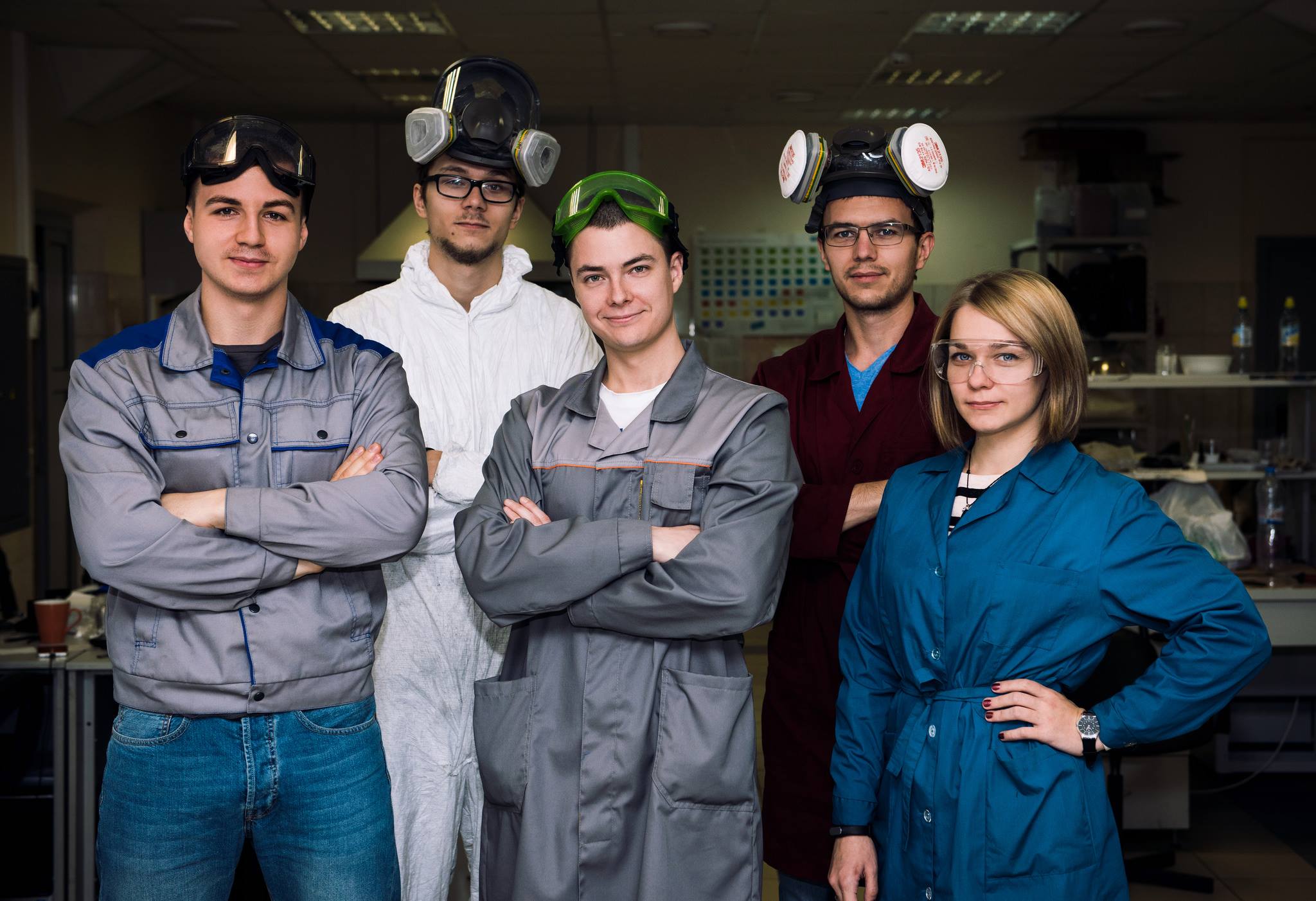
“Bronze” in the March TOP-SCIENCE ranking is obtained by the development of researchers from NITU “MISiS”, the Blokhin Russian Cancer Center and the State Medical Preparations Plant. They managed to create bone implants for reconstructive surgery based on ultrahigh molecular weight polyethylene. In terms of strength / dead weight, products made from ultra high molecular weight polyethylene are even superior to steel, but so far they have failed to impart to the polymer the porous structure necessary for a complete imitation of bone tissue. The problem was solved by applying the methods of solid-phase mixing, heat pressing and washing in subcritical water. As a result, 100% of implanted implants have successfully taken root.
3rd place, 137 publications
2. Cabbage Nano Chocolate

The “silver” of the TOP-SCIENCE rating went to the scientists from FEFU who presented their own development - “nanoschool” with the addition of seaweed. According to the developers, the main advantage of their product is not in kelp, but in cooking technology. Cocoa beans and algae are crushed to nanometer size, for which chocolate received the prefix "nano". The small particle diameter increased the body's absorption of the beneficial substances of algae, and at the same time provided the news with greater penetrability in all sorts of media.
2 place, 207 publications
1. PrintZilla removed competitors
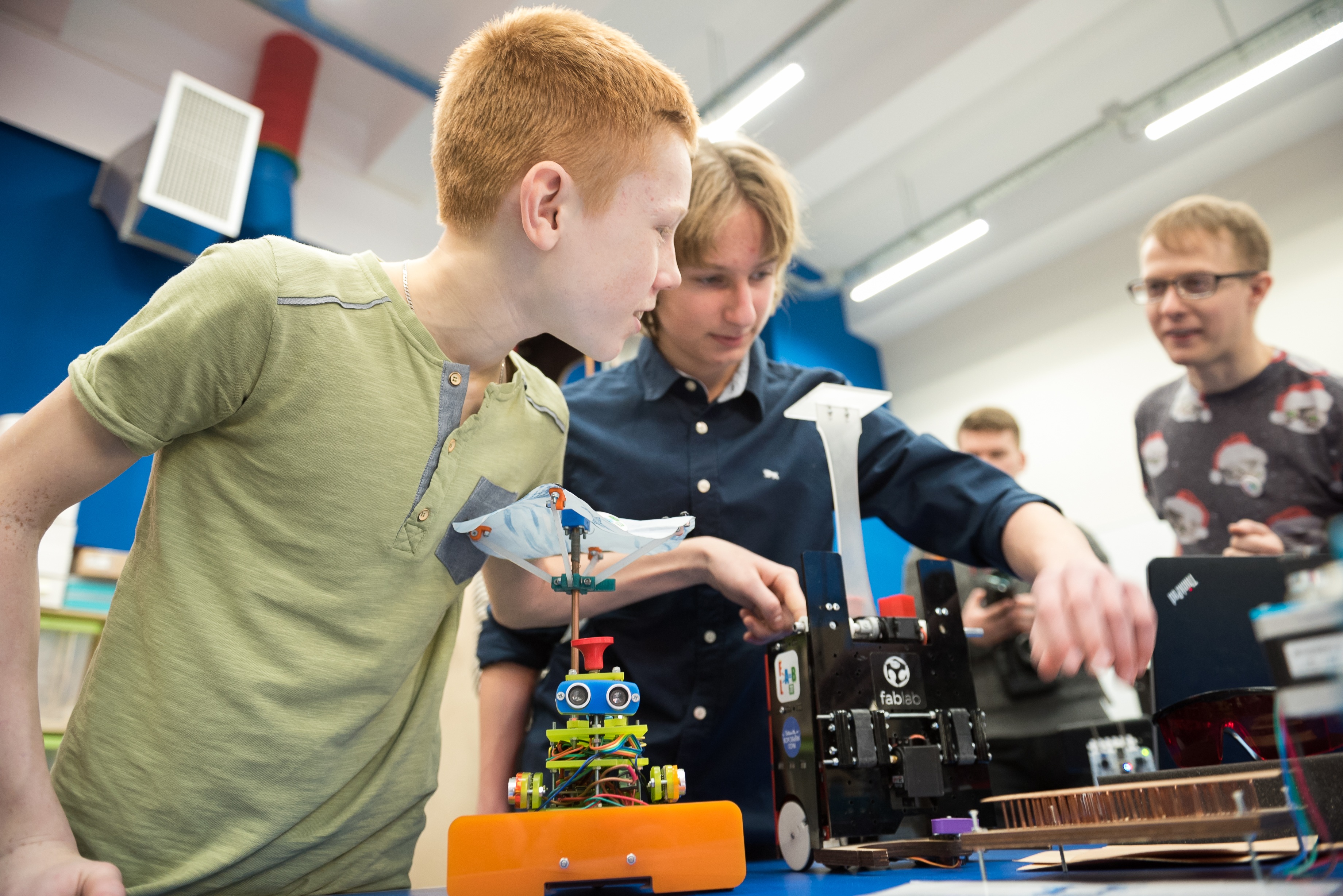
Meet the winner of the March TOP-SCIENCE ranking! The first place was taken by the development of engineers of NUST "MISiS", who created the largest 3D printer in Russia. The presentation of the device was held in early March at the University Center for Technology Support for Education. The giant 3D printer, called PrintZilla, has a print area size of 0.8 × 0.8 × 2.0 meters and allows you to print objects ranging from key fob to furniture. PrintZilla, assembled by the FabLab digital production laboratory team, can be used for the production of plastic products with complex geometry and, as we see, considerably contributes to the promotion of the NITU MISiS brand in the media.
1st place, 217 publications
Also in March, Russian scientists made gold nanoparticles with antibacterial properties, reduced the mass of aircraft by a third, presented prostheses for cats, created a quadrocopter to search for diamonds and a laboratory for the study of happiness, proved the connection between migrations of frogs and the Earth’s magnetic field, and worked on solving many equally important problems. However, the media responded less to this news.
April will bring new discoveries, which we will discuss in early May. Stay with us!

Hello! Meet the first spring hit parade of the most media scientific developments of Russian universities. Let me remind you that the rating is compiled monthly (here is January, and here is February). This project was launched on the one hand to popularize Russian science, on the other - we wanted to understand which scientific developments receive a good press and cause a resonance in the Russian media.
Briefly recall the criteria that guide us in the preparation of the rating. In terms of research, they are located according to the simplest and verifiable principle - the number of reprints of the original message. The number of reprints is determined using the information-analytical system of monitoring and effective analysis of the Russian media "Medialogia".
')
Only Russian developments and only developments of researchers from higher educational institutions of the Russian Federation are included in the rating.
Another important caveat - according to the principle of “not to mix the immiscible”, the ranking does not represent the achievements of scientists working in the field of the humanities. The reasons are clear - and without that it is clear that any research on pensions in the media plan will tear everyone apart, like a Tuzik heater. For this, we do not include a variety of monitoring, measurements of subsistence minimum, etc. studies performed with a known frequency.
Okay, meet the most popular scientific developments in the media in March:
10. Please do not feed the cells.

At the tenth position of our hit parade, the study of MSU physicians who have proven the benefits of a light diet in the treatment of cancer. Cancer cells grow and multiply uncontrollably while absorbing a large amount of nutrients. Therefore, doctors are increasingly trying to combine traditional chemotherapy with a light diet, provoking a nutrient deficiency that is most strongly felt by cancer cells. MSU staff analyzed more than 200 scientific sources about similar therapeutic approaches. According to university doctors, their analysis fully confirmed the promise of a “dietary” trend in oncology.
10th place, 84 publications
9. "And thirty heroes of the beautiful ..."

Scientists of the Sevastopol State University decided to replicate Ichthyander, who can breathe under water. More precisely, it is necessary to breathe not with water, but with a special liquid, saturated with oxygen and pumped into the lungs. The idea is not new at all, but it has not been finished yet. A laboratory of experimental life support systems for biological objects specially created in SevSU for this project has gathered to finalize it. It is not difficult to guess what specific objects, given that the State Endowment Research Fund at the Military Industrial Commission is financing the project along with the Ministry of Education and Science of Russia. These objects periodically arrange fights with no rules at the bottom of the Sevastopol Dolphinarium, which the experts of TOP-SCIENCE from NITU “MISiS” can personally attest.
9th place, 88 publications
8. New chemistry of the capital

Chemists of Moscow State University named after Lomonosov in an original way studied the state of the metropolitan environment and significantly expanded the list of detectable substances deposited on the capital. As a result, snow samples taken in March last year brought a lot of curious. As the authors of the article write, the new method “allowed us to identify and identify such new substances as iodinated substances, polychlorinated anisoles and even nickel-containing organic complex that we did not expect to find in the samples”. All March, the media intensively replicated warnings about new pollutant substances and eventually brought the study to 8th place in the TOP-SCIENCE rating from NITU "MISiS"
8th place, 88 publications
7. Beauty is a terrible thing!

In the seventh place of our hit parade is Svyatoslav Knyazev, a researcher at Omsk State Pedagogical University, who won a grant to finance the research “Development of a technology for producing flour and coprolites of Siberian earthworms for their use in medicine and cosmetology”. Simply put, a Siberian scientist is developing a technology for producing cosmetics from earthworm feces. The end products are defined as “mucus, gel enriched with lumbricide excretion products, and masks based on activated clay in the form of coprolites”. However, this is not the only crap that is used in cosmetology.
7th place, 95 publications
6. "Happiness suddenly, in silence ..."

Where is beauty, there is happiness. The Russian-Swedish study devoted to Svetlana Ivanova, a professor at Tomsk Polytechnic University, and Anton Lunen, a professor at Groningen University, is dedicated to happiness and the fight against depression. According to the hypothesis put forward by them, the lack of happiness in the modern world is due to the fact that the balance between two ancient behavioral patterns is disturbed: search-rewarding and stress-avoiding. The formula of happiness derived by the professors was reprinted by more than one hundred publications, although, I remember, for the balance between the rewarding and the avoiding, he offered to drink another toastmaster from a bearded anecdote: “So that we have everything, and we have nothing for it!”
6 place, 111 publications
5. While the thick dries, the skinny will die.

Another link between the exchange of fats in the body and longevity was found by an international group of scientists from Russia, China, Germany, France, the USA and South Africa under the guidance of Professor Skoltech Philip Haytovich. According to scientists, the long-term problem was the impetus for the study - why, despite the steady increase in the average life expectancy of a person, the maximum life expectancy remains constant and is 100-115 years. No less interesting are the data obtained by researchers - the list of fats (lipid) of 35 mammalian species. Previously, lipidoma evolution was studied for only four species. Perhaps it was this part of the study that prompted the media to replicate scientific work in such a way that it fell into the TOP-SCIENCE rating from NUST MISiS.
5th place, 120 publications
4. Play the hormone!

Scientists from the Higher School of Economics, the Nizhny Novgorod Institute of Applied Physics of the Russian Academy of Sciences, the Higher Normal School (France) and Indiana University (USA) learned that alcoholism can be caused by an imbalance arising in the work of the “hormone of joy” - dopamine. The main function of this hormone is to transmit signals to the brain about positive or negative effects. Alcohol knocks down the setting, so its stimulus is always transmitted as having motivational and behavioral importance. According to the scientists, their research is an important step towards the possibility of treating alcoholism. If it is possible to “make” dopamine to work in a balanced way, we can talk about a real breakthrough.
4 place, 124 publications
3. Baba Yaga - polyethylene foot

“Bronze” in the March TOP-SCIENCE ranking is obtained by the development of researchers from NITU “MISiS”, the Blokhin Russian Cancer Center and the State Medical Preparations Plant. They managed to create bone implants for reconstructive surgery based on ultrahigh molecular weight polyethylene. In terms of strength / dead weight, products made from ultra high molecular weight polyethylene are even superior to steel, but so far they have failed to impart to the polymer the porous structure necessary for a complete imitation of bone tissue. The problem was solved by applying the methods of solid-phase mixing, heat pressing and washing in subcritical water. As a result, 100% of implanted implants have successfully taken root.
3rd place, 137 publications
2. Cabbage Nano Chocolate

The “silver” of the TOP-SCIENCE rating went to the scientists from FEFU who presented their own development - “nanoschool” with the addition of seaweed. According to the developers, the main advantage of their product is not in kelp, but in cooking technology. Cocoa beans and algae are crushed to nanometer size, for which chocolate received the prefix "nano". The small particle diameter increased the body's absorption of the beneficial substances of algae, and at the same time provided the news with greater penetrability in all sorts of media.
2 place, 207 publications
1. PrintZilla removed competitors

Meet the winner of the March TOP-SCIENCE ranking! The first place was taken by the development of engineers of NUST "MISiS", who created the largest 3D printer in Russia. The presentation of the device was held in early March at the University Center for Technology Support for Education. The giant 3D printer, called PrintZilla, has a print area size of 0.8 × 0.8 × 2.0 meters and allows you to print objects ranging from key fob to furniture. PrintZilla, assembled by the FabLab digital production laboratory team, can be used for the production of plastic products with complex geometry and, as we see, considerably contributes to the promotion of the NITU MISiS brand in the media.
1st place, 217 publications
Also in March, Russian scientists made gold nanoparticles with antibacterial properties, reduced the mass of aircraft by a third, presented prostheses for cats, created a quadrocopter to search for diamonds and a laboratory for the study of happiness, proved the connection between migrations of frogs and the Earth’s magnetic field, and worked on solving many equally important problems. However, the media responded less to this news.
April will bring new discoveries, which we will discuss in early May. Stay with us!
Source: https://habr.com/ru/post/373351/
All Articles